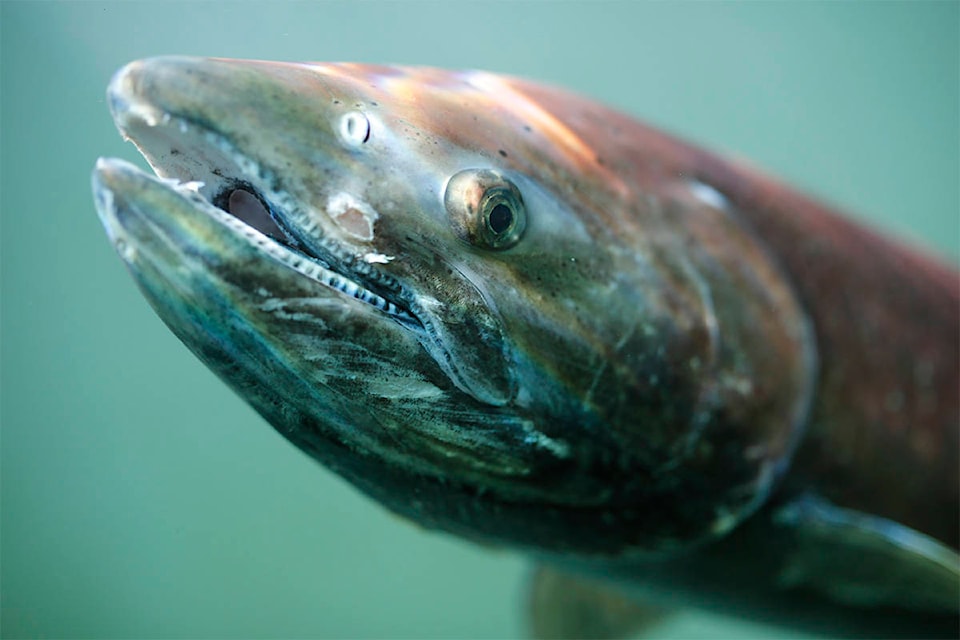This year’s Yukon River Chinook salmon run isn’t as disastrous as originally feared but is still tracking, to date, as the smallest since 2013.
The story for summer chum, however, appears to be much grimmer.
Fred West, a fisheries biologist with the Alaska Department of Fish and Game, said at a weekly in-season salmon teleconference June 30 that projections of the run had improved with “good passage” at the Pilot Station sonar, located near the mouth of the river.
West said 98,851 fish had been counted by that point, a vast improvement from a week before although still short of the historical average of 131,000.
At the time of the last teleconference, less than 35,000 fish had made it through at what’s typically the halfway point of the run.
An international agreement aims to get between 42,500 to 55,000 Canadian-origin Chinook to their spawning grounds in order to preserve the species.
West said that genetic testing done on the first pulse of fish throughout June indicated that 62 per cent of the fish sampled were Canadian origin, which was higher than officials had expected. The first pulse, at that point, was estimated to have reached Grayling, Alaska, which is about a fifth of the way to the Canadian border.
According to data on the department’s website, 117,597 Chinook had been counted entering the Yukon River as of July 2. That’s the lowest number to date since 2013, when only 102,116 Chinook had been counted at Pilot.
West said June 30 that crews were expecting to have the sonar project at Eagle, Alaska, which is near the border with the Yukon, set up by July 1.
Alaskan community representatives on the teleconference mostly reported poor fishing conditions, with high water levels and a large amount of debris in the water. Some said that fishermen were starting to get frustrated about catch restrictions and feared that, even with chum harvest, they wouldn’t be able to catch enough fish this season to feed their families.
The Yukon River summer chum are seeing extremely low numbers so far; 304,500 were counted at Pilot, West said during his update, compared to the historical average of one million to date.
No Chinook have crossed into Canadian waters to date, with the run appearing to track much later than usual.
Jesse Trerice, the Yukon fishery manager for Fisheries and Oceans Canada, said during the June 30 teleconference that Canada was finalizing its management plan and was encouraged to hear about better numbers coming out of Pilot.
Contact Jackie Hong at jackie.hong@yukon-news.com
